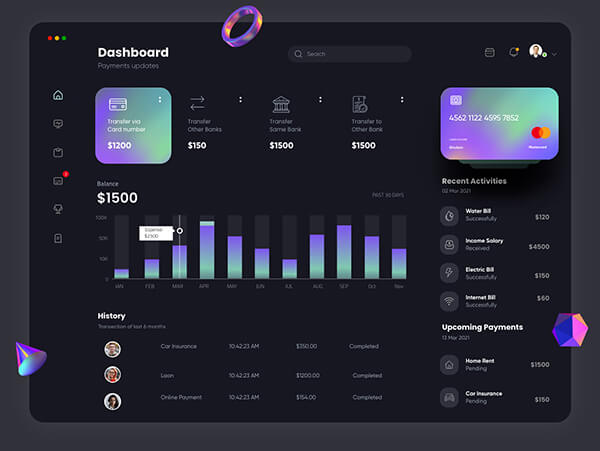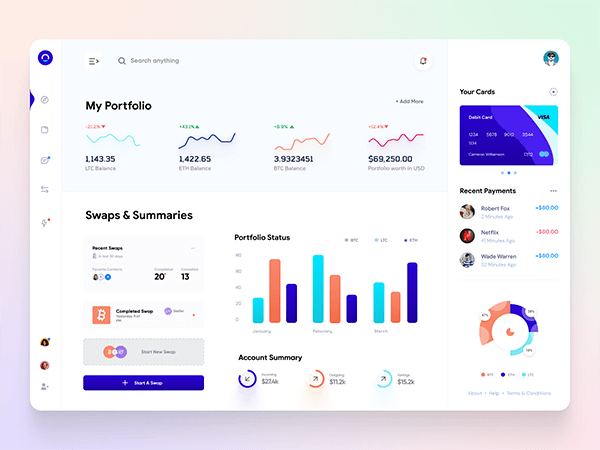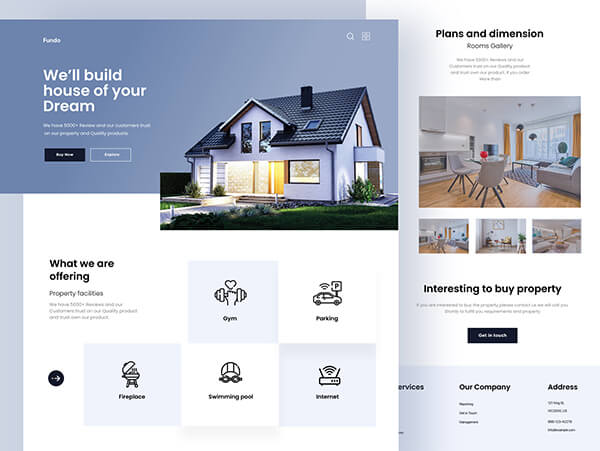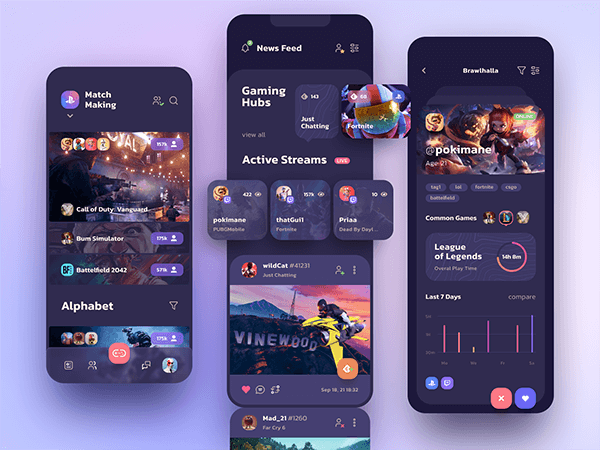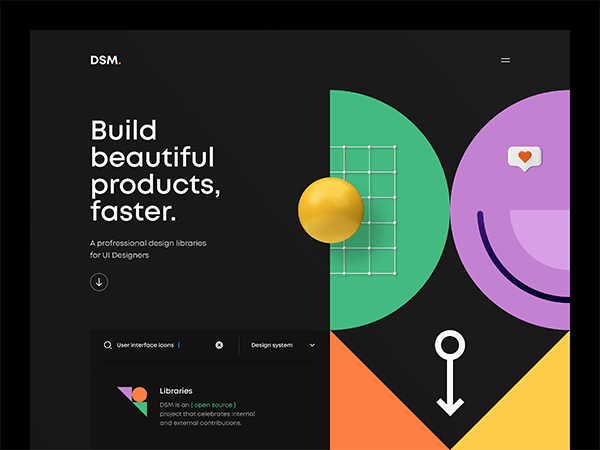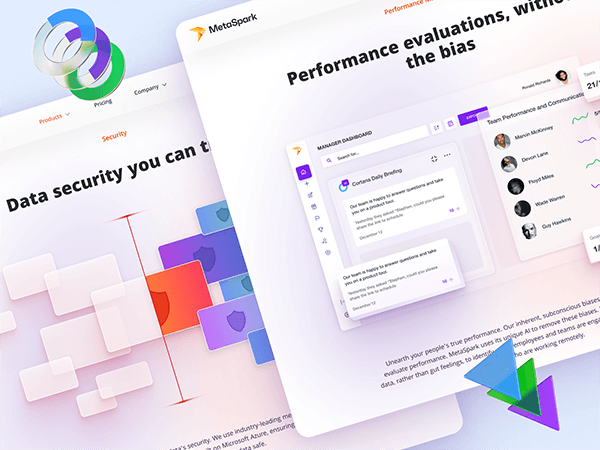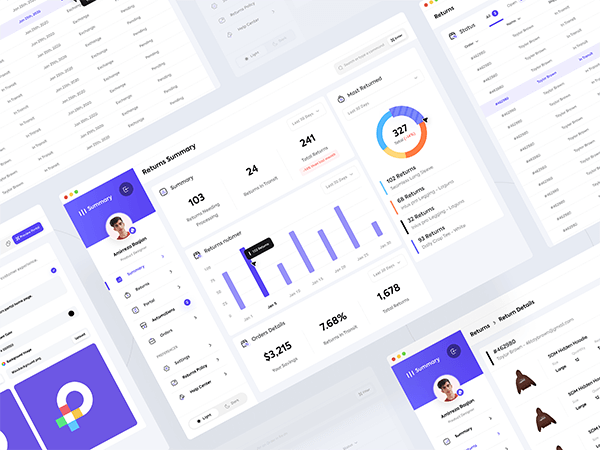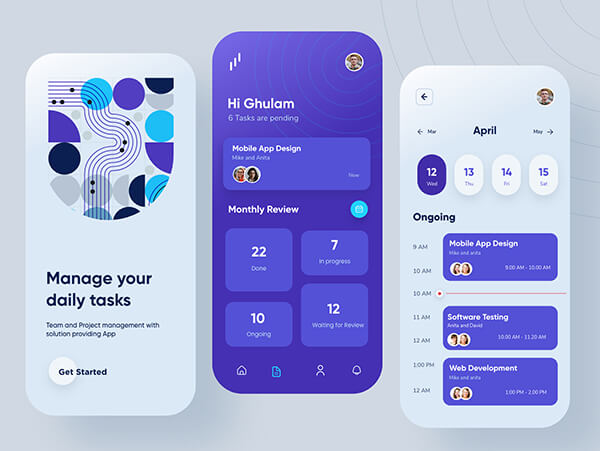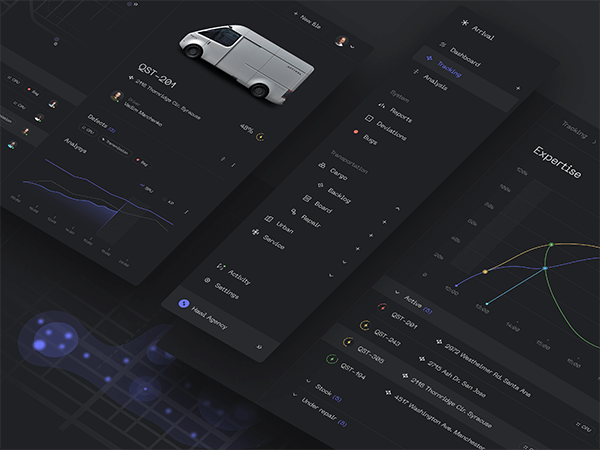About me
I'm a second year PhD student advised under professor Atlas Wang . I work on Graph Neural Network, Efficient Learning, Deep Neural Network sparsity, Mixture of Experts and Sparse Neural Network. But sometime I also dapple a little bit into LLM, and Computer Vision.
Outside of research and studies, I enjoy doing human things like reading, photography and crossfit. Sometime, you can catch me outside during day-light, be sure to approach slowly, I am easily spook.
What i'm doing
-
Researching
Researching and developing state-of-the art methods in Machine Learning and Artificial Intelligence.
-
Application development
Working with industry to bring research ideas into working applications.
-
Photography
I am passionate about photography. I take nature and street photos mostly.
